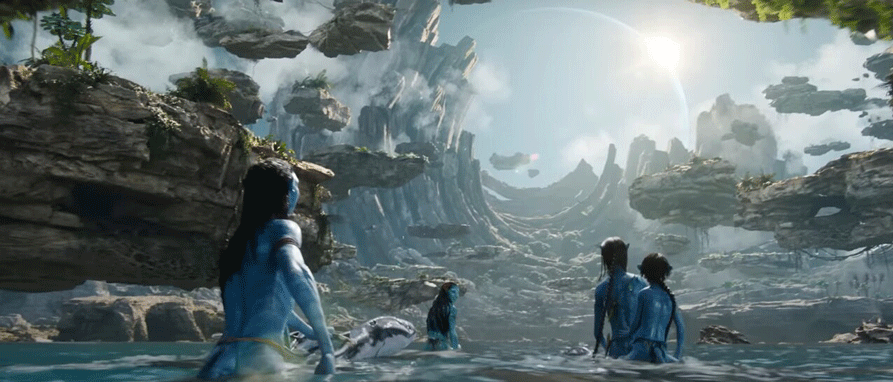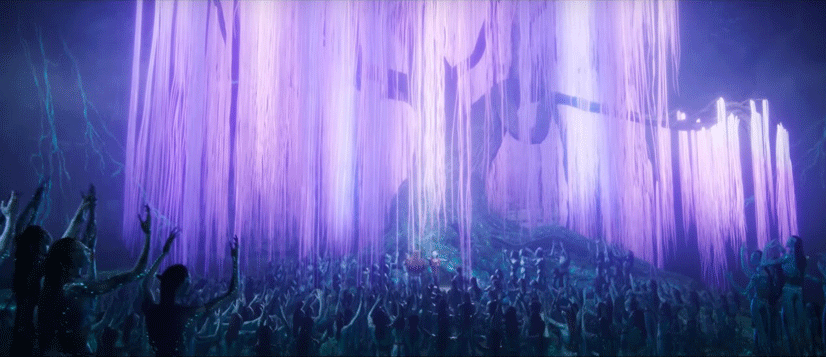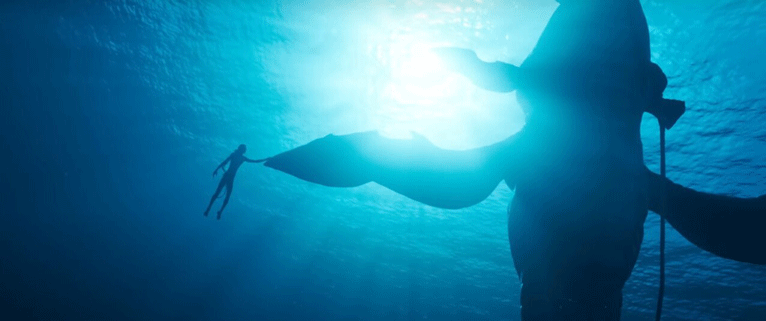It is a fact that colonialism, globalization and the expansionist human civilization have jeopardized the natural relationship between humans, nature and animals who live on the same Earth.
Indigenous culture and spiritual ecology usually contrast with colonialism's anthropocentric and utilitarian ethics, which tend to segregate and objectify nature as a warehouse of material resources to exploit and commerce. This has triggered social and environmental costs, where genocide, ethnocide and ecocide in Indigenous territories have become a major topic of debate.
The movie Avatar: The Way of Water, directed by James Cameron, shows through its plot and astonishing visual effects how nature is valuable and sacred for some communities, and how animism is an elemental manifestation of human nature. The movie points reflect on the United Nations Sustainable Development Goals of Life below Water and Life on Land, which contribute to understanding how ecology plays a crucial role in inhabiting the same territory, where everything is interconnected.

In the book, Spiritual Ecology, Leslie E. Sponsel highlights why land can not be owned, bought, or sold by Indigenous people. The principal reason is that "she does not belong to us, we belong to her, and we spend our lives on this land as her guest." Besides, all Indigenous communities consider the land the center of their universe, a giver of life, and the core of their cultures—the reason why they protect her.
In this way, the film takes an approach to the term known as “spiritual ecology and dark green religion,” which claims that humans ought to be environmental stewards and hold nature as a valuable and sacred being. In the book, Avatar and Nature Spirituality by Bron Taylor, the animistic dimension takes an essential role through spirituality where communication with non-human organisms is possible; for instance, nature and animals become part of Indigenous people’s lives and those move like another kind of culture.
Animism derives from the Latin “anima,” which refers to spirit, soul, or life force and therefore, it analyzes the spiritual dimensions that human relationships have with other beings, where respect towards others is the main factor. On the other hand, animists think that each being of nature is permeated and animate with spiritual powers that are souls. These ones have the power to influence humans for good or bad and also humans can do that through certain rituals and offerings. It can be illustrated in the movie with the relationship between the community and “The Spirit Tree” as well as with the aquatic animals.

The relationship between humans and nature is infinite. For instance, The Spirit Tree connects with the human nervous system and the soul, embracing and linking them as part of the same community with their ancestors, memories, visions and duties. Another example is Indigenous people's primary responsibility: maintaining balance and harmony in nature and society through appropriate respect, reciprocity, and rituals.
How Indigenous people are intimately tuned into their ecosystem is not just shown by the movie through their subsistence activities. Their social organization, cosmology, myths, symbols, and rituals enhance their intimate relationship with all nature's forces, fostering a profound reverence, compassion, and respect for all life forms.
The Way of Water also highlights the water's role in our lives and how we are intimately connected to it. "The way of water has no beginning and no end. Our hearts beat in the womb of the world. Water connects all things, life to death, darkness to light," as said by one of the characters in the movie.

Finally, all the massacres that we do against nature and animals are not unknown due to an exacerbated consumerism of power, wealth, and ignorance. For instance, many animals have been hunted for unnecessary reasons, just because they are seen as products and objects that do not have pain and without souls and feelings. The Cove is an Oscar-winning documentary by Louie Psihoyos, chronicling dolphin hunting and capture in Japan. Another is the documentary Eco-terrorist: The Battle for Our Planet, which shows a man who fights to save whales from human-made devastation. Therefore, the movie also calls for action on environmental activism.
Other examples are close to our door nowadays. The deforestation in the Amazon due to the settlement of illegal cattle ranching and the exploitation of natural resources jeopardizes indigenous communities and the balance and well-being in these territories. All of this is an alert to wake up, to make us more aware, and to understand the need to live together in harmony and balance on our beloved Mother Earth.
